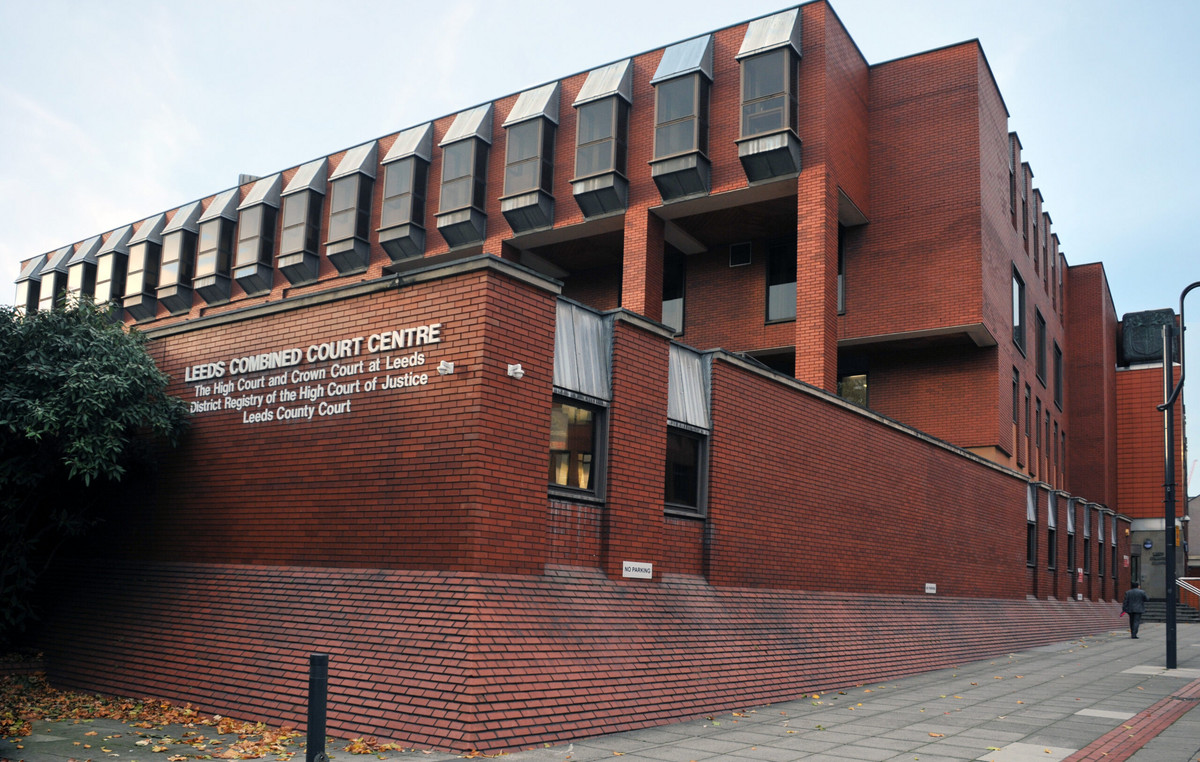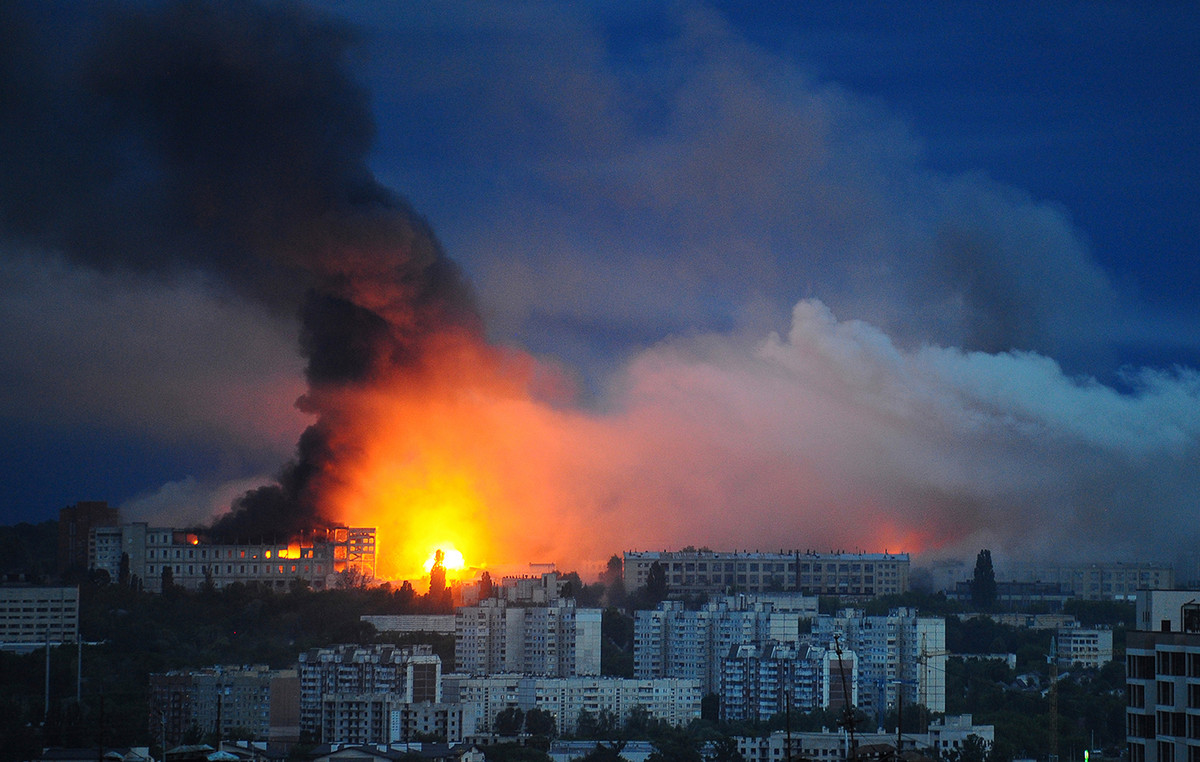The tallest glacier on the world’s tallest mountain, Mount Everest, is losing decades of ice each year because of human-induced climate change, a new study shows.
The findings serve as a wake-up call that the rapid melting of glaciers at some of the highest points on Earth could bring increasingly worse climate impacts, including more frequent avalanches and the drying up of water sources with diverse uses, such as drinking, irrigation and energy. hydroelectric.
The ice that took about 2,000 years to form on the South Col glacier melted in about 25 years, meaning it thinned out about 80 times faster than it formed.
While glacier melt is widely studied, little scientific attention has been paid to these formations at the highest points on the planet, argue the researchers in the study, published in the Nature Portfolio Journal Climate and Atmospheric Science.
A team of scientists and climbers, including six from the University of Maine, visited the glacier in 2019 and sampled a 10-meter-long ice core. They also installed two automatic weather stations to collect data and answer a question: Are the glaciers further out of Earth’s reach impacted by human-linked climate change?
“The answer is a resounding yes, and in a very significant way since the late 1990s,” said Paul Mayewski, expedition leader and director of the University of Maine’s Climate Change Institute.
The researchers said the findings not only confirmed that human-caused climate change had reached the highest points on Earth, but was also disrupting the critical balance that snow-covered surfaces provide.
“It’s a complete change from what was experienced in that area, probably during the entire period of human occupation in the mountains,” Mayewski told CNN. “And it happened really fast.”
Research has shown that once the glacier ice was exposed, it lost about 55 meters of ice in 25 years. The researchers note that the glacier transformed from a layer of snow to predominantly ice, and this change may have started as early as the 1950s.
But the loss of ice has been more intense since the late 1990s. This transformation to ice means that the glacier can no longer reflect the sun’s radiation, making it melt faster.
In addition to all the impacts on those who rely on water from glaciers, the current rate of melt would also make expeditions to Mount Everest more challenging, as snow and ice cover would decrease further in the coming decades.
“Polar bears have been the iconic symbol of Arctic warming and sea ice loss,” said Mayewski. “We hope that what happened on top of Everest will be another iconic call and demonstration.”
The weather station carried by the team is the first to be installed in what is known as the “death zone” for its dangerous walking conditions – it is the region above 8,000 meters where there is not enough oxygen to sustain life beyond short periods of time.
Source: CNN Brasil
I’m James Harper, a highly experienced and accomplished news writer for World Stock Market. I have been writing in the Politics section of the website for over five years, providing readers with up-to-date and insightful information about current events in politics. My work is widely read and respected by many industry professionals as well as laymen.







